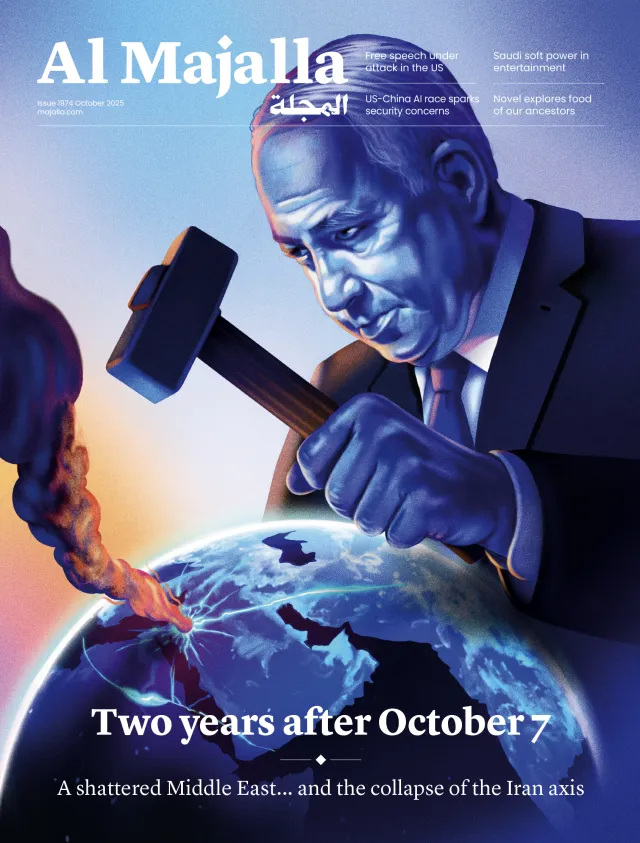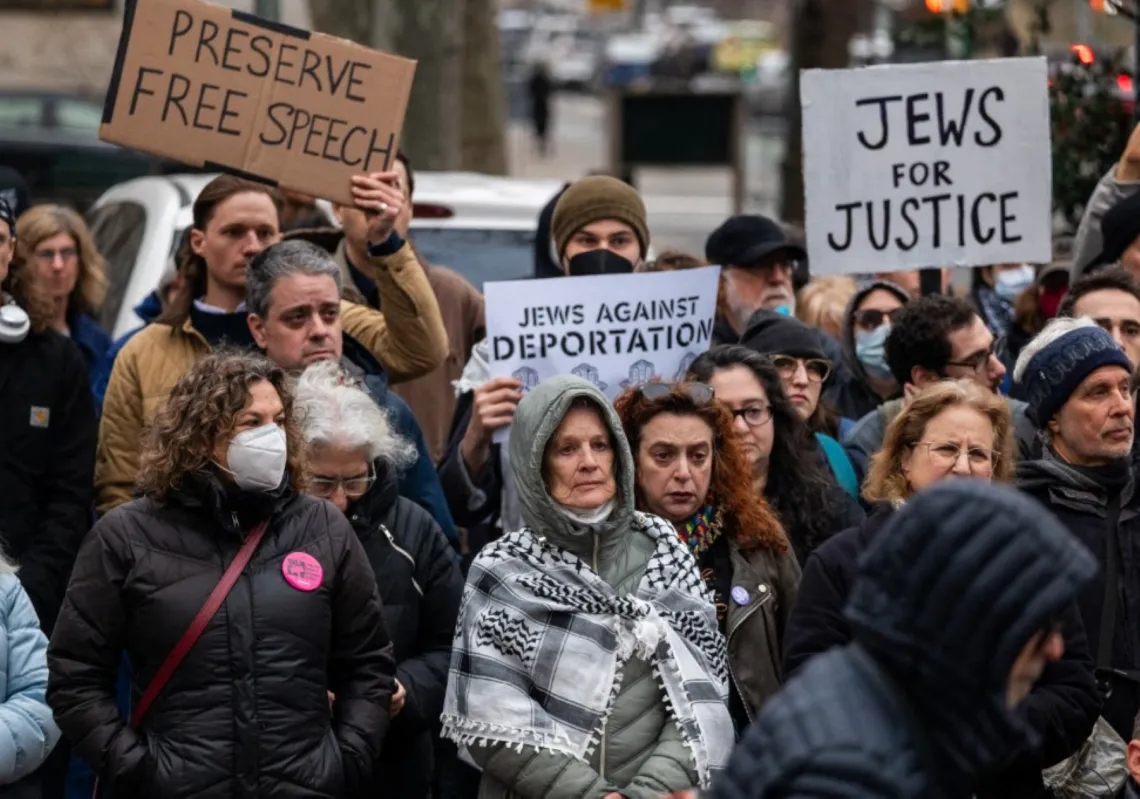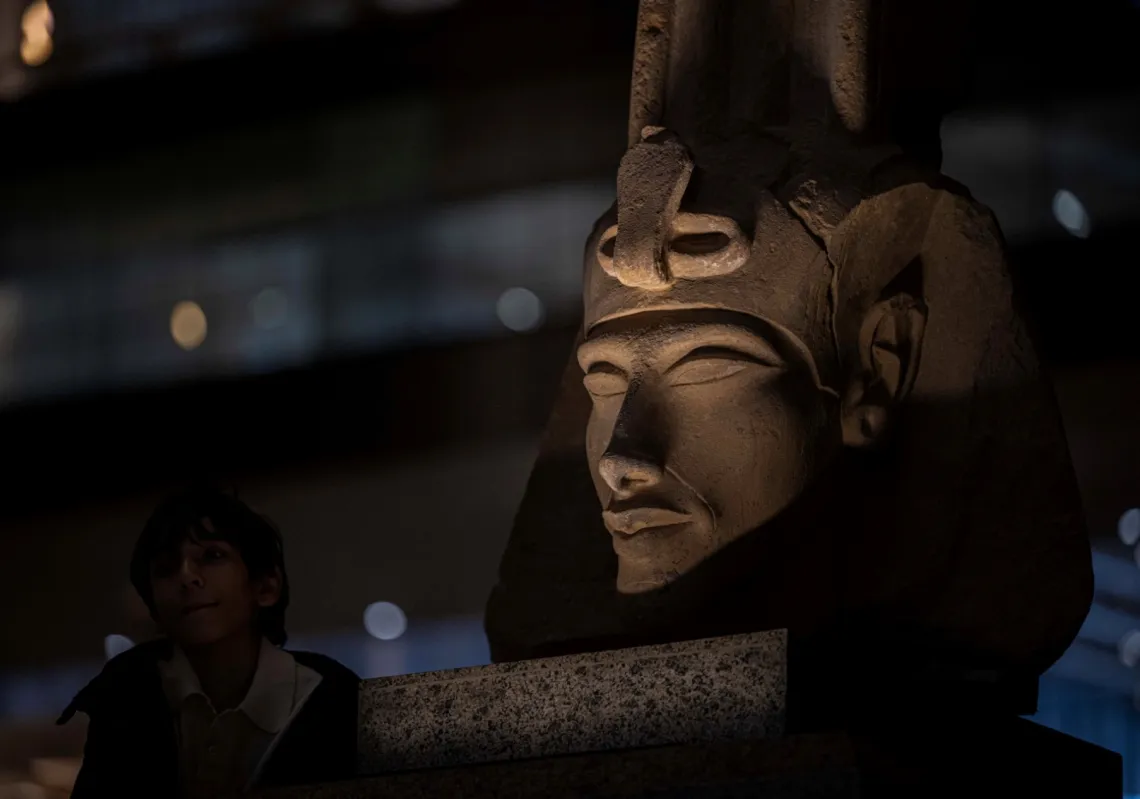 [/caption]
[/caption]
The contemporary art space SALT is one of, if not the most, spectacular of the recent entrants in Istanbul’s burgeoning arts and culture scene. While SALT (the name meaning 'pure' in Turkish) has a number of on-going events- exhibitions, installations and talks - the space’s permanent collection focuses on the history of the Ottoman Bank which operated as the central bank of the Ottoman Empire from 1863 until the end of the Empire’s rule in 1918.
This is an apt choice given that SALT's second branch, SALT Galata, is housed in the 120-year-old building that was the erstwhile headquarter of the Ottoman Bank and located on Bankalar Caddesi (Banks Street) – a name remnant of the fin-de-siècle when the area around Galata was the commercial centre of Istanbul, and indeed the Ottoman Empire.
Founded on 24th May 1856, The Ottoman Bank has a unique history. Set up by a royal charter from Queen Victoria, it was one of the first movers in the nascent banking sector in the Ottoman realms. Thus, even though British and French shareholders owned the bank, within a period of just seven years it had outstripped any potential competition to become the bank of issue and therefore, the Imperial Ottoman Bank.
An exploration of the history of the Ottoman Empire’s central bank is an interesting project in itself – especially taking into consideration its complex ownership and the various complications that such a set-up would cause in the run up to and during World War I. The Museum, however, sets itself a broader aim. Rather than just looking at just institutional history, it uses the Ottoman Bank as a lens through which to view and make sense of late Ottoman and early Republican society.
[inset_left]it uses the Ottoman Bank as a lens through which to view and make sense of late Ottoman and early Republican society. [/inset_left]
Dr. Edhem Eldem, professor at the Department of History at Bogazici University, who conceived of the exhibition, told me that the Bank’s archival materials were first brought to his attention as long ago as 1989 by its then CEO (which was then under Paribas). He immediately noted the richness of the archives, and in particular the potential of these materials in helping to stimulate an imaginitive recreation of the past.
The archival materials were catalogued and used for a series of exhibitions. The idea of a museum to commemorate the Ottoman Bank and preserve its institutional memory came about when the Ottoman Bank was merged with Garanti Bank in 2001, thus marking the passing of an historical institution. Though a museum was set up in 2002, the opening of SALT has led to the exhibition’s redesign and its taking on a permanent space in the vaults of the bank’s buildings.
The Ottoman Bank Museum, says Eldem, is different from most other museums in Turkey in its focus on history and the story of an institution, rather than on a collection of objects. (Though it should be noted that there is one exception. The fabulous bank safes have been wonderfully incorporated into the exhibit, creating a sense of excitement of entering the most secret and secure area of the bank for the visitor, while also making them seem like mini archives through the display of the realms of bank documents).
All Accounted For
[caption id="attachment_55230469" align="alignright" width="300" caption="Inside the Ottoman Bank Museum"]
 [/caption]
[/caption]
The story is primarily that of the bank’s interactions with society. Foremost among the treasures of the museum is a collection of 6,000 full-length photographs that the bank maintained of all employees, including about 200 female employees. The Ottoman Bank’s network grew exponentially between the years of its foundation to the eve of World War I. From just 13 branches in 1870 the bank grew to 89 branches that covered almost the entirety of the Empire in 1913. The employee photos are a wonderful visual medium that brings to life images of bank clerks, tellers and managers in a variety of styles and poses from Tunis to Istanbul to Basra.
Within a short time of its creation the Ottoman Bank also played an important role in changing the traditional financial habits of the society. The museum showcases client files of not just the Sultans, diplomats and elite, but also every day Ottoman citizens, from grocers, butcher, cobblers, teachers and nannies to the palace eunuchs, who were making use of banking services. Some used the bank for their savings, others had portfolios of just one or two stocks, but this was already a radical modernisation of the financial system.
It is widely acknowledged that the Ottoman commerce and trade were largely conducted by the non-Muslim communities. The Ottoman Bank documents concur. In 1920, only 20% of the bank’s employees were Muslim and most of them were employed as guards and office boys. Greeks, Armenians, Jews and Christians formed the bulk of the bank staff.
While the bank had initially successfully negotiated the uncertainties it faced after World War I in the face of the Mustafa Kemal-led resistance in Anatolia, this composition of its employees would prove a challenge in the early Republican period. Once the Turkish Republic came into existence, the rules of employment changed.
[inset_left] Once the Turkish Republic came into existence, the rules of employment changed[/inset_left]
Implementing the requirements of the state began with raising the Muslim-Turk population among its staff together with their salaries, as well as the obligation to use Turkish as the official language instead of French in the bank's accounting and administrative documents.
This change in official language was particularly negative for the minority communities, not only because it took away the competitive advantage they had (the knowledge of European languages) over the Turks but also because many of them did not speak Turkish and had to learn the language from scratch. The bank opened Turkish language classes for its non-Turcophone staff, and began, systematically, favouring Muslims over non-Muslims in its recruitment of Turkish citizens.
From 1927 to 1933, the proportion of Muslim employees rose from 30% to 60%, and their salaries from 23% to 40% of the total salaries paid by the bank. What happened at the bank was a reflection of the larger trends in society. In the bank’s neighbourhood, the commercial and trading district of Galata, these same laws, in addition to more punitive ones that reserved certain professions for Muslim Turks only, would result in the non-Muslim minorities fast loosing their monopoly in certain areas of the economy. [inset_right]What happened at the bank was a reflection of the larger trends in society[/inset_right]
This systematic and state-led discrimination against minorities in the early Republican period has largely remained under the radar, and the museum raises a number of problematic questions about the early Republic. Foremost amongst them is the conception of ‘secularism’. It might be fair to argue that the Republican project was incredibly contradictory and really built on the notion of a Muslim-Turkish nation where the Christian (in particular) and Jewish minorities were greatly disenfranchised by the state thus leading to their slow but steady emigration from Turkey.
[caption id="attachment_55230468" align="alignleft" width="300" caption="The Exhibits at the Ottoman Bank Museum"]
 [/caption]
[/caption]
When I asked Eldem about reactions to some of the less state-sanctioned narratives of the museum, he pointedly noted that because history in Turkey is still extremely political, people make conclusions that suit them or even completely dismiss things that have been presented to them that they might not wish to think about. The Republic, he said, is now rediscovering the aesthetic benefits of being cosmopolitan with people making hat-tips to its past cosmopolitanism, that are, however, substantively inconsequential.
While a city like Istanbul has been transformed by globalisation and maybe seen as a transnational city, it is still not cosmopolitan in the way that it used to be. What has been lost will never come back, he concluded. Through its documents and images the Ottoman Bank Museum provides a glimpse, however narrow, into that lost past, allowing the viewer to try and imagine what Ottoman society used to be like and follow the story of how it was changed, in Turkey, to eventually become the society that we see today.








